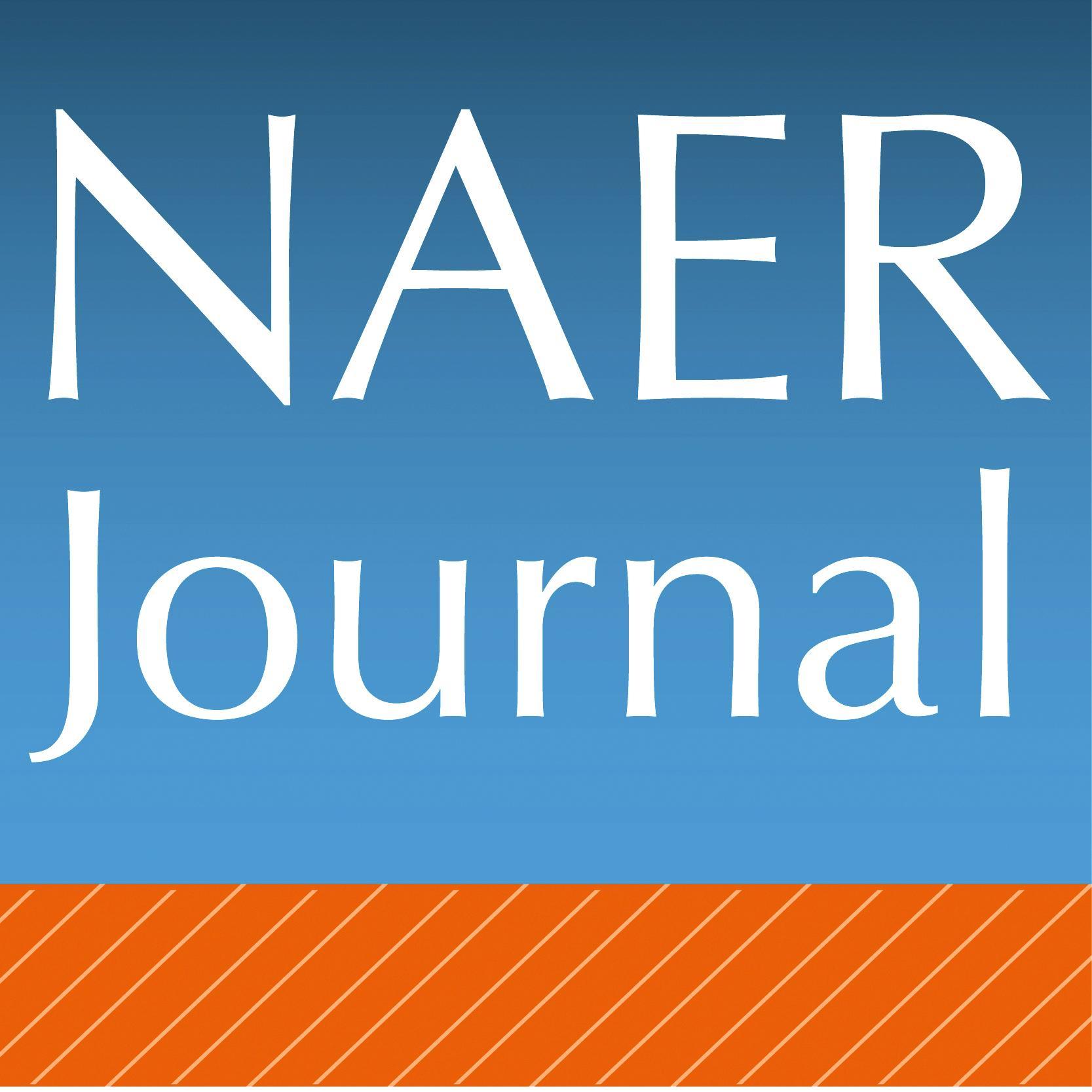Machine Learning para la mejora de la experiencia con MOOC: el caso de la Universitat Politècnica de València
Resumen
El trabajo que se presenta tiene como objetivo el diseño de una propuesta de mecanismos automatizados fundamentados en machine learning para la mejora de la experiencia de los participantes en los cursos MOOC de la Universitat Politécnica de Valencia y la reducción de las tasas de abandono. Siguiendo una estrategia de investigación basada en el diseño IBD, en la que se ha priorizado siempre las decisiones pedagógicas por encima de las propias analíticas de datos, se han realizado tres iteraciones con distintos patrones metodológicos (revisión sistemática de literatura, machine learning basado en los datos de 260 cursos y más de 700.000 estudiantes, y creación de mecanismos automatizados) que siempre finalizan con la presentación de resultados y la realimentación por parte del equipo de la universidad. Las principales conclusiones de este trabajo indican que, de los veinticinco indicadores pedagógicos de abandono referidos por las revisiones bibliográficas en la iteración 1, solo se validan diez de ellos con los cursos de la UPV (no se tienen datos automáticos ni automatizables de los otros), y de esos finalmente solo seis de ellos son posibles predictores del abandono del alumnado, con los datos utilizados. Se proponen finalmente un conjunto de mecanismos automatizados que se aplicarán en la plataforma EdX de la universidad, para la mejora de la experiencia de los usuarios y la reducción de la tasa de abandonos en los cursos.
Descargas
-
Resumen1237
-
PDF811
-
PDF Kindle811
Citas
Bartolomé-Pina, A., & Steffens, K. (2015) ¿Son los MOOC una alternativa de aprendizaje? Comunicar, 22(44), 91-99. http://dx.doi.org/10.3916/C44-2015-10
Bean, J., & Metzner, B. (1985). A Conceptual Model of Nontraditional Undergraduate Student Attrition. Review of Educational Research, 55(4), 485–540. https://doi.org/10.3102/00346543055004485
Billings, D. M., Connors, H. R., & Skiba, D. J. (2001). Benchmarking best practices in Webbased nursing courses. Advances in Nursing Science, 23, 41-52. https://doi.org/10.1097/00012272-200103000-00005
Bishop C.M. (2006) Pattern recognition and machine learning. Springer-Verlag.
Borrella, I., Caballero-Caballero, S., & Ponce-Cueto, E. (2019). Predict and Intervene: Addressing the Dropout Problem in a MOOC-based Program. In Proceedings of the Sixth (2019) ACM Conference on Learning@ Scale, 1-9. https://doi.org/10.1145/3330430.3333634
Chickering, A. W., & Gamson, Z. F. (1987). Seven principles for good practice in undergraduate education. AAHE bulletin, 3(7). https://doi.org/10.1080/13562517.2013.827653
De Benito, B., & Salinas, J. (2016). La Investigación Basada en Diseño en Tecnología Educativa. Revista Interuniversitaria de Investigación en Tecnología Educativa, 0, 44-59. https://doi.org/10.6018/riite2016/260631
Escanés, G., Herrero, V., Merlino, A., & Ayllón, S. (2014). Deserción en educación a distancia: factores asociados a la elección de modalidad como desencadenantes del abandono universitario. Virtualidad, Educación Y Ciencia, 5(9), 45–55. https://bit.ly/31UD380
García-Tinizaray, D., Ordoñez-Briceño, K., & Torres-Diaz, J. C. (2015). Learning analytics para predecir la deserción de estudiantes a distancia. Campus virtuales, 3(1), 120-126. https://bit.ly/3wA06my
Halawa, S., Greene, D., & Mitchell, J. (2014). Dropout prediction in MOOC using learner activity features. Proceedings of the Second European MOOC Stakeholder Summit, Lausanne, Switzerland, 58-65.
Henderikx, M. A., Kreijns, K., & Kalz, M. (2017). Refining success and dropout in massive open online courses based on the intention–behavior gap. Distance Education, 38(3), 353-368. https://doi.org/10.1080/01587919.2017.1369006
Hmedna, B., El Mezouary, A., & Baz, O. (2020). A predictive model for the identification of learning styles in MOOC environments. Cluster Comput, 23, 1303–1328. https://doi.org/10.1007/s10586-019-02992-4
Jin, C. (2020). MOOC student dropout prediction model based on learning behavior features and parameter optimization. Interactive Learning Environments. https://doi.org/10.1080/10494820.2020.1802300
Kember, D. (1989). A longitudinal-process model of drop-out from distance education. The Journal of Higher Education, 60(3), 278–301. https://doi.org/10.1080/00221546.1989.11775036
Kizilcec, R. F., Pérez-Sanagustín, M., & Maldonado, J. J. (2017). Self-regulated learning strategies predict learner behavior and goal attainment in Massive Open Online Courses. Computers & education, 104, 18-33. https://doi.org/10.1016/j.compedu.2016.10.001
Kloft, M., Stiehler, F., Zheng, Z., & Pinkwart, N. (2014). Predicting MOOC dropout over weeks using machine learning methods. Proceedings of the EMNLP 2014 Workshop on Analysis of Large Scale Social Interaction in MOOC, 60-65. https://doi.org/10.3115/v1/w14-4111
Lee, Y., & Choi, J. (2011). A Review of Online Course Dropout Research: Implications for Practice and Future Research. Educational Technology Research and Development, 59(5), 593–618. https://doi.org/10.1007/s11423-010-9177-y
León-Urrutia, M., Vázquez-Cano, E., & López-Meneses, E. (2017). MOOC learning analytics using real-time dynamic metrics. @tic. Revista d'innovació educativa, 18(3). https://doi.org/10.7203/attic.18.10022
Li, W., Gao, M., Li, H., Xiong, Q., Wen, J., & Wu, Z. (2016). Dropout prediction inMOOCusing behavior features and multi-view semi-supervised learning. Proceedings of the 2016 International Joint Conference on Neural Networks (IJCNN), 3130-3137. https://doi.org/10.1109/IJCNN.2016.7727598
Liang, J., Yang, J., Wu, Y., Li, C., & Zheng, L. (2016). Big data application in education: dropout prediction in edx MOOC. Proceedings of the IEEE Second International Conference on Multimedia Big Data (BigMM), 440-443, https://doi.org/10.1109/BigMM.2016.70
Martinez-Navarro, J. A. (2021). Indicadores de abandono en contextos MOOC, una aproximación pedagógica desde la literatura. Universitas Tarraconensis. Revista de Ciències de l’Educació, 3, 36-59. https://doi.org/10.17345/ute.2020.3.3031
Mi, F., & Yeung, D. Y. (2015). Temporal Models for Predicting Student Dropout in Massive Open Online Courses. 2015 IEEE International Conference on Data Mining Workshop. https://doi.org/10.1109/icdmw.2015.174
Millecamp, M., Gutiérrez, F., Charleer, S., Verbert, K., & De Laet, T. (2018). A qualitative evaluation of a learning dashboard to support advisor-student dialogues. Proceedings of the 8th International Conference on Learning Analytics and Knowledge, 56-60. https://doi.org/10.1145/3170358.3170417
Mohri, M., Rostamizadeh, A., & Talwalkar, A. (2018) Foundations of machine learning. MIT press, 1 (1–3).
Ortega-Arranz, A., Bote-Lorenzo, M.L., Asensio-Pérez, J.I., Martínez-Monés, A., Gómez-Sánchez, E., & Dimitriadis, Y. (2019). To reward and beyond: Analyzing the effect of reward-based strategies in a MOOC, Computers & Education, 142, 103639, https://doi.org/10.1016/j.compedu.2019.103639.
Rolfe, V. (2015). A systematic review of the socio-ethical aspects of massive online open courses. European Journal of Open, Distance and e-Learning, 18(1), 52–72. https://bit.ly/31RC2xp
Rosé, C. P., Carlson, R., Yang, D., Wen, M., Resnick, L., Goldman, P., & Sherer, J. (2014). Social factors that contribute to attrition in MOOC. Proceedings of the first ACM conference on Learning@ scale conference, 197-198. https://doi.org/10.1145/2556325.2567879
Ruipérez-Valiente, J. A. (2020). El Proceso de Implementación de Analíticas de Aprendizaje. RIED. Revista Iberoamericana de Educación a Distancia, 23(2), 88-101 http://dx.doi.org/10.5944/ried.23.1.26283
Russo, C., Ramón, H., Alonso, N., Cicerchia, L., Esnaola, L., & Tessore, J.P. (2016). Tratamiento masivo de datos utilizando técnicas de machine learning. XVIII Workshop de Investigadores en Ciencias de la Computación WICC 2016. https://bit.ly/31Vub1S
Shah, D. (2016). Monetization over Massiveness: A Review of MOOC Stats and Trends in 2016. Class Central. https://bit.ly/2PzTxjl
Sinha, T., Jermann, P., Li, N., & Dillenbourg, P. (2014). Your click decides your fate: Inferring information processing and attrition behavior from mooc video clickstream interactions. Proceeding of the 2014 conference on Empirical Methods in Natural Language Processing (EMNLP), 3-14. https://bit.ly/3usQKqQ
Tinto, V. (1999). Taking retention seriously: Rethinking the first year of college. NACADA Journal, 19(2), 5–9. https://doi.org/10.12930/0271-9517-19.2.5
Veletsianos, G., Collier, A., & Schneider, E. (2015). Digging deeper into learners' experiences in MOOC s: Participation in social networks outside of MOOC s, notetaking and contexts surrounding content consumption. British Journal of Educational Technology, 46(3), 570-587. https://doi.org/10.1111/bjet.12297
Veletsianos, G., & Shepherdson, P. (2016). A systematic analysis and synthesis of the empirical MOOC literature published in 2013–2015. The International Review of Research in Open and Distributed Learning, 17(2), 198–221. https://doi.org/10.19173/irrodl.v17i2.2448
Derechos de autor 2021 Jorge Angel Martinez Navarro, Ignacio Despujol Zabala

Esta obra está bajo una licencia internacional Creative Commons Atribución-NoComercial-CompartirIgual 4.0.
Aquellos autores que tengan publicaciones con esta revista aceptan los términos siguientes :
-
Los autores conservarán sus derechos de autor y garantizarán a la revista el derecho de primera publicación de su obra, el cuál estará simultáneamente sujeto a la Licencia Creative Commons Atribución no comercial compartir por igual 4.0 Internacional que permite compartir, copiar y redistribuir el material en cualquier medio o formato y adaptar, remezclar, transformar y construir sobre el material en los siguientes términos:
Reconocimiento - Debe dar el crédito apropiado, proporcionar un enlace a la licencia, e indicar si se han realizado cambios. Puede hacerlo de cualquier manera razonable, pero no de una manera que sugiere que el licenciante o su uso hace suya. No comercial - No puede utilizar el material con fines comerciales. Compartir bajo la misma - Si remezcla, transformar o crear sobre el material, se debe distribuir sus contribuciones bajo la misma licencia que el original. -
Los autores podrán adoptar otros acuerdos de licencia no exclusiva de distribución de la versión de la obra publicada (p. ej.: depositarla en un archivo telemático institucional o publicarla en un volumen monográfico) siempre que se indique la publicación inicial en esta revista.
-
Se permite y recomienda a los autores difundir su obra a través de Internet (p. ej.: en archivos telemáticos institucionales o en su página web) antes y durante el proceso de envío, lo cual puede producir intercambios interesantes y aumentar las citas de la obra publicada. (Véase El efecto del acceso abierto).
-
En cualquier caso, el Equipo Editorial entiende que las opiniones vertidas por los autores son de su exclusiva responsabilidad.
















